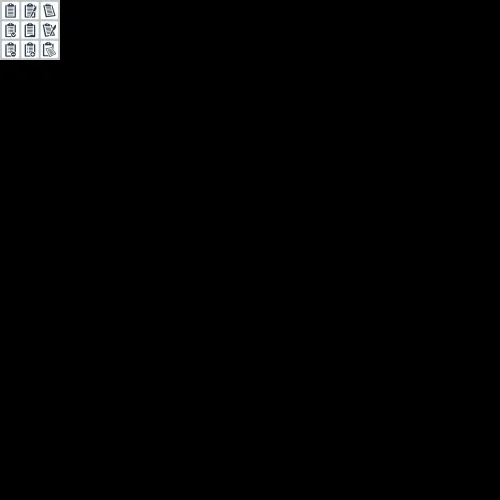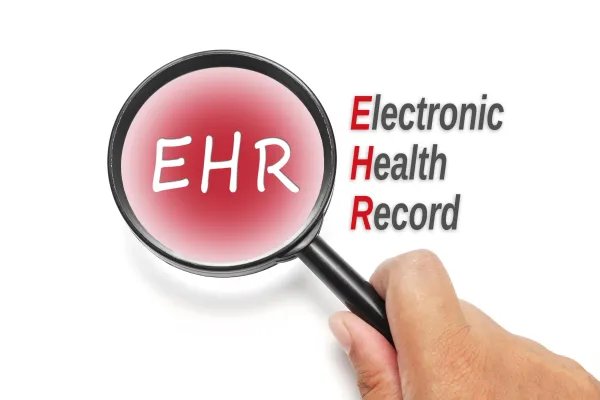Use these Tips to Avoid TCM Coding Traps

Observe the 30-day TCM period before reporting 99495, 99496. When you're reporting transitional care management (TCM) for patients you're helping switch locations, things can get confusing fast. Why? There are several elements to consider that make TCM services fall a bit outside of the normal parameters for evaluation and management (E/M) services. Your TCM code options are: Read on for a list of tips to make TCM coding a breeze for your PM practice. Follow the Law of 1s Only one healthcare professional may report TCM services and only once per patient within 30 days of discharge, according to the CPT® manual. "Another TCM may not be reported by the same individual or group for any subsequent discharged(s) within the 30 days," the CPT® manual adds. The same healthcare professional may discharge the patient from the hospital, report hospital or observation discharge services, and bill the TCM services, according to the CMS TCM Services Guide. However, if the same provider that discharged the patient also provides the TCM service, the required face-to-face visit cannot be the discharge visit, according to Maggie M. Mac, CPC, CEMC, CHC, CMM, ICCE, AAPC Fellow, AHIMA-approved ICD-10 CM/PCS trainer and president of Maggie Mac-Medical Practice Consulting in Clearwater, Florida. Remember What You Can, Cannot Report with TCM If billing TCM, you cannot report certain services during the TCM period. The chronic care management codes (CCM) are examples of this, says Kent Moore, senior strategist for physician payment at the American Academy of Family Physicians. The other codes you cannot bill with TCM include: care plan oversight services (99339, 99340, 99374-99380); home health or hospice supervision (G0181 and G0182); end-stage renal disease (90951-90970); prolonged E/M services without direct patient contact (99358 and 99359); and other services excluded by CPT® reporting rules, according to the CMS TCM Guide. Mind Details on TCM Claims At a minimum, when you report 99495 and 99496, the following information must be in the patient's medical documentation, according to Mac. Get Date of Service Right The date of service you report for TCM should be the date of the required face-to-face visit, according to "FAQs about Billing the MPFS for TCM Services." You should submit the claim once the physician provides the face-to-face visit. Do not hold the claim until the end of the TCM service period (the 30 days). Use POS Advice The place-of-service (POS) you report on your claim "should correspond to the place of service of the required face-to-face visit," according to "FAQs about Billing the MPFS for TCM Services." This POS would not include inpatient hospital POS 21. Pick Correct MDM Level When you report 99495 and 99496, ensure that the patient has medical and/or psychosocial problems that require moderate or high complexity medical decision-making (MDM). "Medical decision-making is defined by the E/M Services Guidelines," according to the CPT® manual. "The medical decision-making over the service period reported is used to define the medical decision making of TCM." As mentioned previously, the documentation for TCM services must include the complexity of MDM. Do this if Patient Dies Before TCM Period Ends If the patient dies prior to the 30th day following his discharge, you cannot report a TCM code, according to "FAQs about Billing the MPFS for TCM Services." Instead, you should report any face-to-face visits that occurred under the appropriate evaluation and management (E/M) code. If you submitted the claim before the 30 days lapsed, as you should, you may receive a denial. If your research uncovers the patient died, resubmit the service with the appropriate E/M. Know TCM-Community Services Connection Some of the community services that can be arranged via TCM include:




